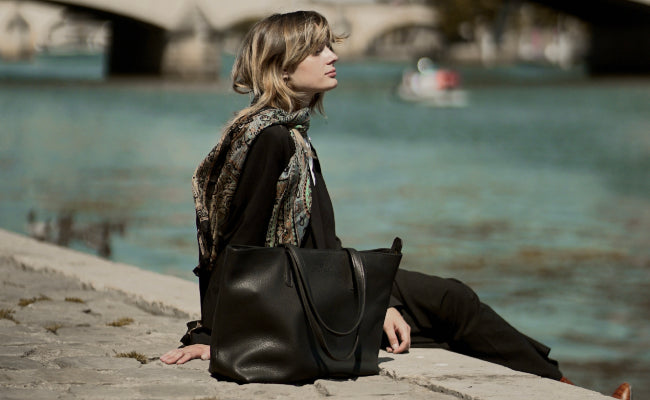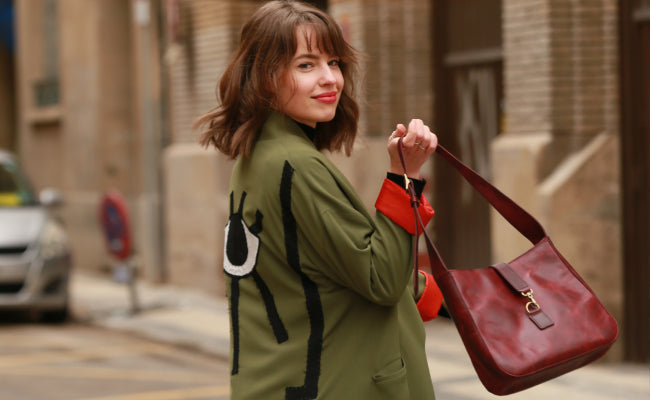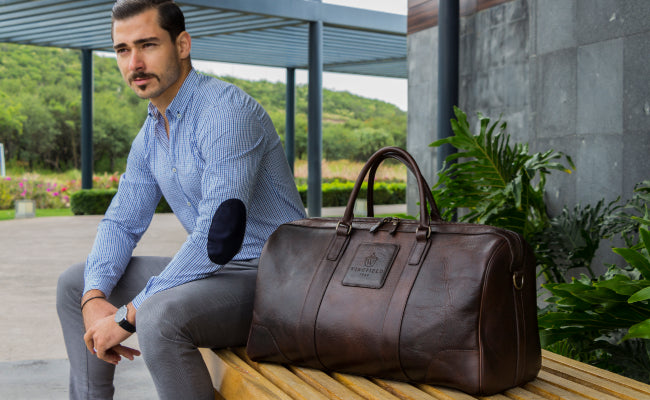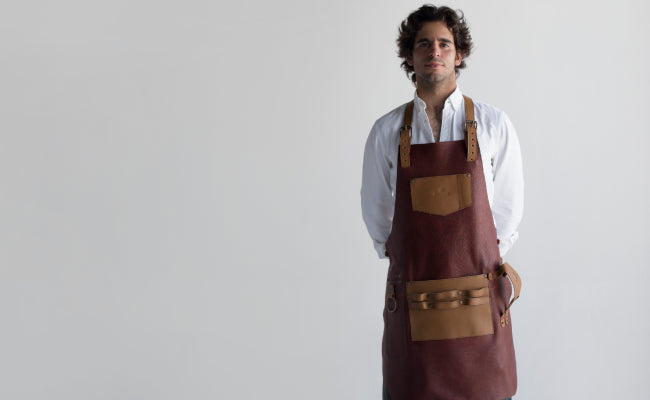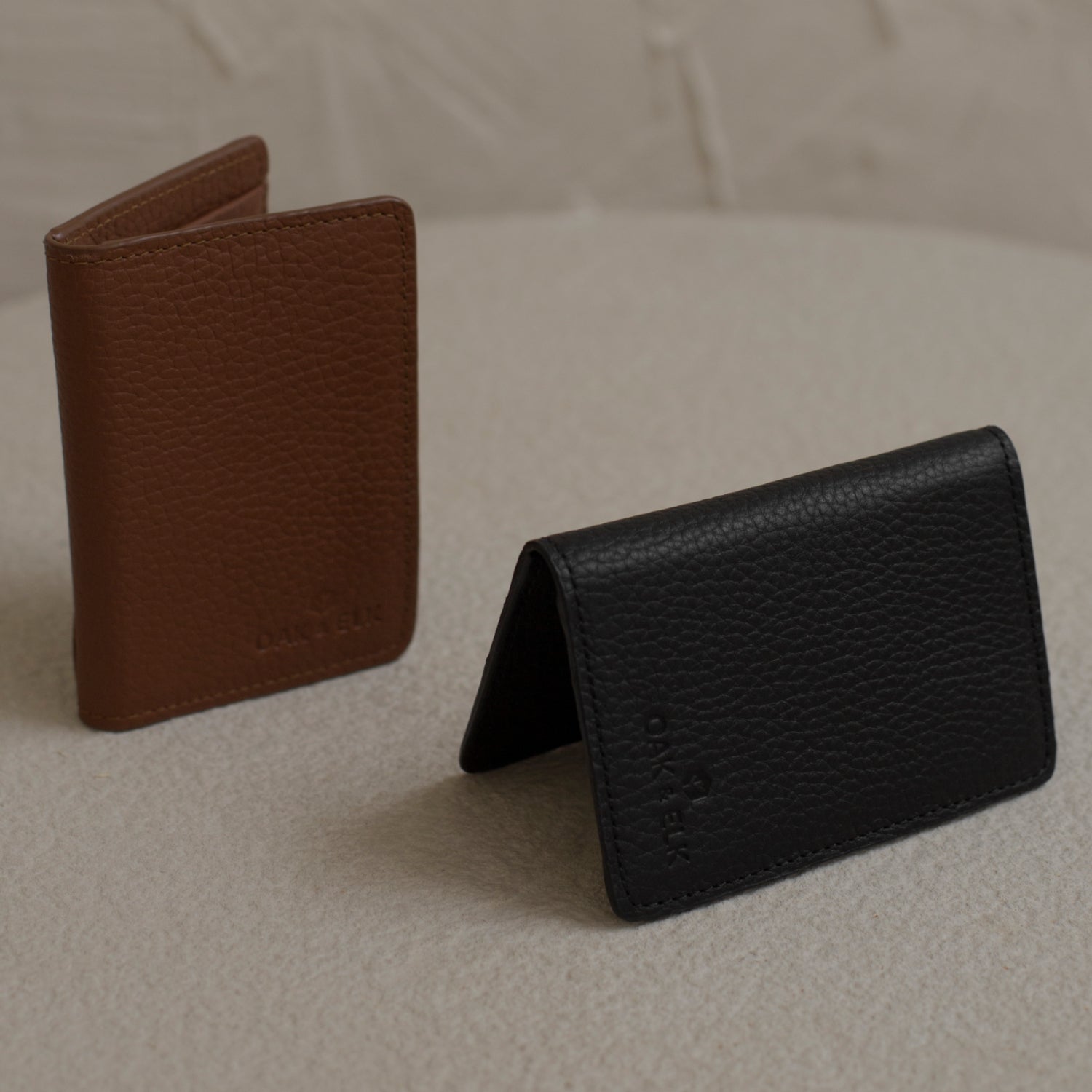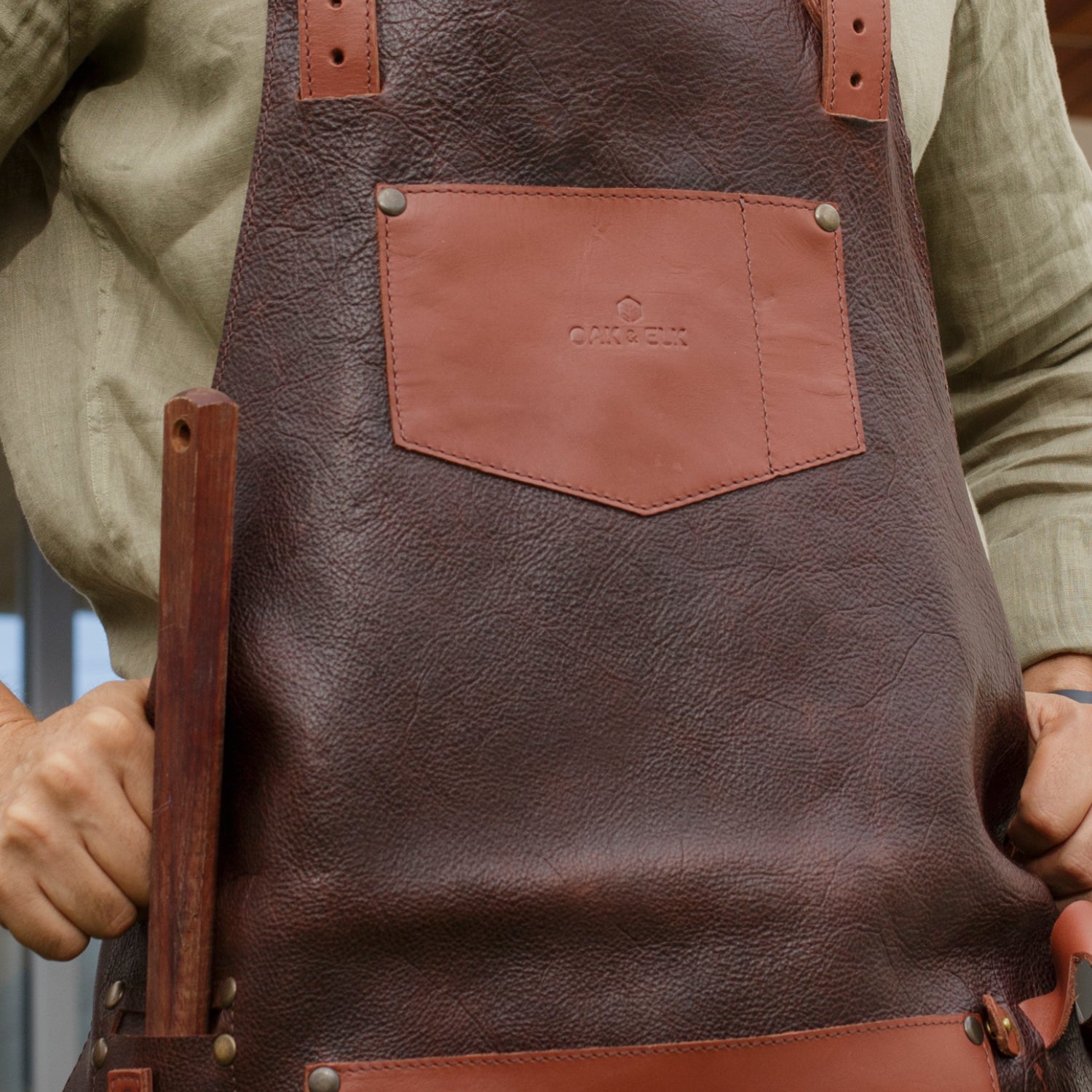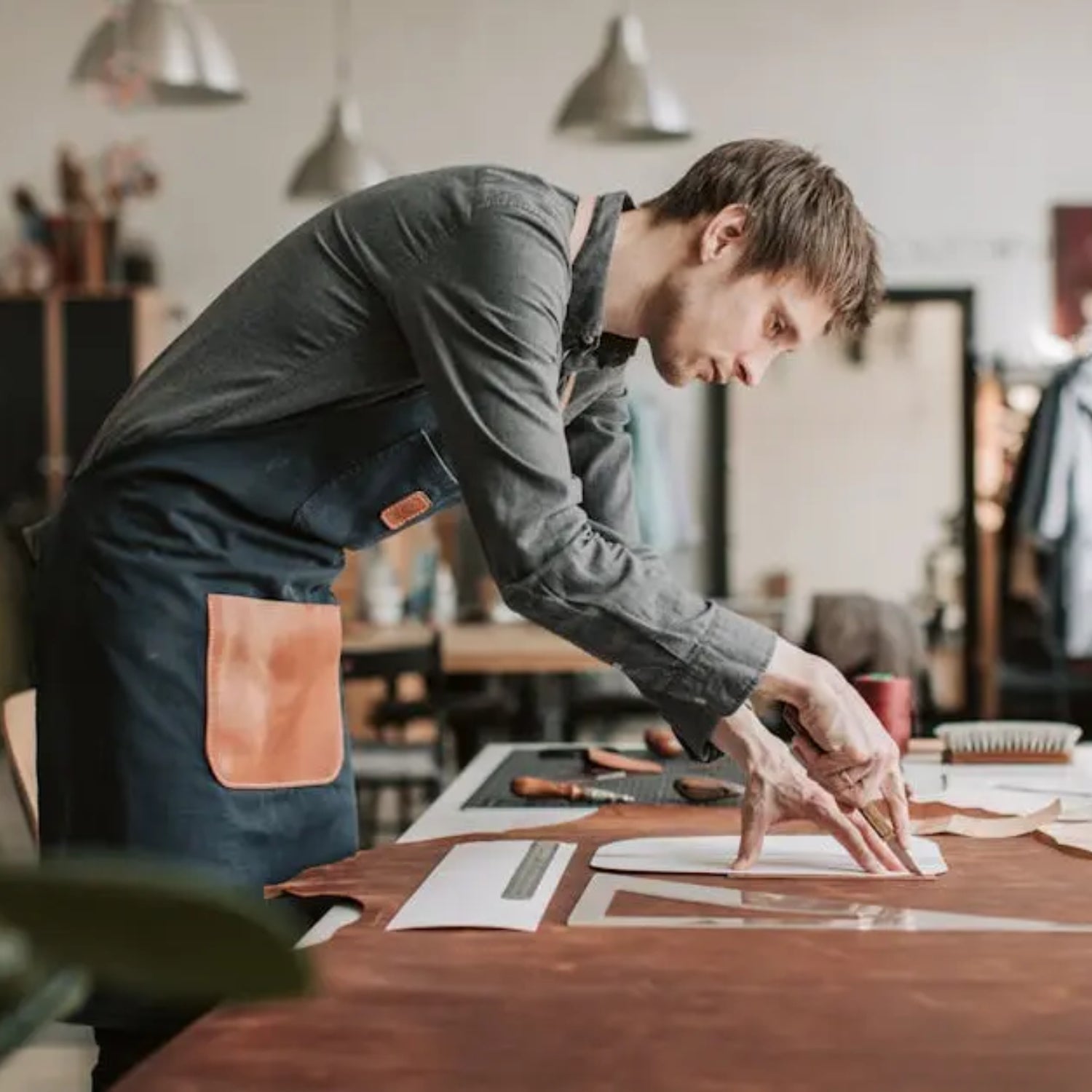
20 Exclusive Design Insights into the World of Leather Craftsmanship
Welcome to the intricate world of leather craftsmanship, where tradition meets innovation. Delve into exclusive design insights that shape the way artisans around the globe approach this timeless material. Whether you’re a seasoned craftsman or a curious enthusiast, these revelations promise to ignite your creativity and deepen your appreciation for leather goods.
1. Timeless Appeal of Traditional Techniques
Traditional leatherworking has been passed down through generations, preserving techniques that honor the material’s natural beauty while enhancing its durability. Craftsmen continue to leverage these time-honored methods, combining them with innovative practices to create unique designs. The skill required to master such methods is immense, as each leather piece demands precision and patience. Seasoned artisans pride themselves on their meticulous handiwork, ensuring each product is not just functional but also a masterpiece of traditional craftsmanship.
One key element is the selection of leather itself. Artisans often seek out hides that have unique characteristics, which contribute to the distinctiveness of the final product. This careful selection process underscores the importance of experience and knowledge in determining the perfect thickness, flexibility, and finish for various applications, whether it’s a rugged apron or an elegant handbag. Such attentive craftsmanship ensures that each item not only stands the test of time but also possesses a story unique to its creation.
2. The Role of Sustainability in Leather Designs
Sustainability is becoming a key focus in leather craftsmanship. From selecting eco-friendly tanning methods to using ethically sourced hides, designers are making conscious choices that lessen environmental impact, while preserving the integrity and beauty of leather products. The industry has witnessed a significant shift, with more artisans adopting vegetable-tanning processes that forgo harmful chemicals, opting instead for natural substances like oak and chestnut. This trend not only reduces environmental harm but also results in leather that ages gracefully over time, enhancing the appeal of each unique piece.
Additionally, the embrace of recyclable materials for linings and fastenings demonstrates a commitment to sustainability in every facet of production. Consumers are increasingly drawn to these environmentally friendly options, prompting designers to incorporate sustainable practices into their work. By doing so, they ensure that leather products not only last longer but also contribute positively to our planet’s future, offering a win-win scenario for both users and the environment.
3. Embracing Modern Technology
The fusion of technology with leather craftsmanship is paving the way for exciting design possibilities. Techniques such as laser cutting and 3D modeling are enabling craftsmen to create detailed patterns and structures that were previously unimaginable in leather design. This dynamic integration allows for precision that enhances creativity, offering a modern twist to classic designs that have been loved for centuries. By digitizing certain components, artisans can now visualize their designs with greater clarity, leading to innovations in pattern accuracy and structural integrity.
Digital advancements also extend into areas like custom fitting and personalization. Tools that leverage artificial intelligence can suggest sizes and styles that perfectly align with individual preferences, creating a bespoke craftsmanship experience like no other. Such technology ensures that each piece not only fits perfectly but also meets the stylistic expectations of discerning customers. As a result, technologies are more than just complementary; they are becoming essential to modern leather craftsmanship, balancing precision with artistic flair.
4. Innovative Use of Color and Texture
Gone are the days when leather was confined to shades of brown and black. Today, designers are embracing vibrant colors and varied textures, pushing the boundaries of what’s possible in leather finishes and expanding the palette available to consumers. Techniques such as full-grain embossing and combining contrasting textures are at the forefront of modern leather design. These techniques bring about a new dimension of style, allowing designers to craft leather goods that capture attention and speak to a bold, contemporary aesthetic.
Furthermore, fun and unexpected hues have started to make a splash, turning traditional industries on their heads. Vibrant pigments and refined texture enhancements captivate a modern audience, breathing fresh innovation into timeless classics. This creative exploration has empowered designers to blend the old with the new, cultivating an alluring harmony between eras—and heralding a renaissance in leather fashion. The embrace of a wider color spectrum not only reflects modern tastes but also showcases the versatility inherent in high-quality leather products.
5. Personalized Creations for Individual Tastes
Customization is becoming increasingly popular in the leather industry. From monogramming to bespoke fittings, craftsmen are working closely with clients to create pieces that reflect personal style and individuality, ensuring each item tells its own unique story. This personal touch is an essential component of modern luxury, creating an intimate connection between the creator and the customer. Clients are now more than ever seeking unique items that resonate with their personal experiences, identity, and lifestyle.
Whether it’s a favorite color, a special date, or an inspiring quotation, these personalized touches transform ordinary leather pieces into prized possessions. Artisans offer their clients consultations to explore how sentiments can be woven into the design, resulting in leather goods that are as functional as they are meaningful. By effortlessly marrying tradition with bespoke customization, craftsmen are allowing for greater personalization in the realm of leather products, truly encapsulating personal stories within the folds and seams of each product.
6. Understanding Leather Types: Quality and Application
Not all leathers are created equal. Understanding the different types, such as full-grain, top-grain, and bonded leather, helps craftsmen and consumers alike make informed decisions about quality, usage, and the expected longevity of their leather goods. Full-grain leather, for instance, is prized for its durability and character, maintaining its integrity through both wear and patina. On the other hand, top-grain leather offers a sleek finish, ideal for creating smooth, polished appearances.
Exploring the applications of these different leather types can also guide artisans in selecting the ideal leather for each project. Whether it’s a supple piece for a handbag or a sturdy hide for an apron, understanding leather types is crucial to maximizing functionality and appearance. This knowledge empowers both craftsmen and consumers to invest wisely, ensuring leather items not only suit their intended use but also provide the longevity that has become synonymous with top-quality leather.
7. Trends Influencing Leather Fashion
Fashion trends have a significant impact on the leather industry. From the resurgence of vintage styles to the adoption of ultra-modern silhouettes, designers are finding inspiration in the ever-evolving fashion landscape, translating it into unique leather creations. Retro design elements are seeing a rejuvenation, bringing an air of nostalgia fused with contemporary appeal. This blend of past and present offers fresh opportunities for creativity, encouraging designers to rethink traditional designs with a modern twist.
Moreover, innovations such as minimalist aesthetics and avant-garde silhouettes are transforming the way leather goods are visualized and worn. Social media’s influence has also invigorated the fashion world with a constant stream of fresh ideas, helping designers stay attuned to consumer desires. This dynamic interaction between media trends and leather craft works harmoniously to create pieces that are both fashion-forward and timeless. As designers continue to push boundaries, the integration of these trends into leather creates endlessly inspiring possibilities, capturing imaginations and expanding the artistry of leather craftsmanship.


